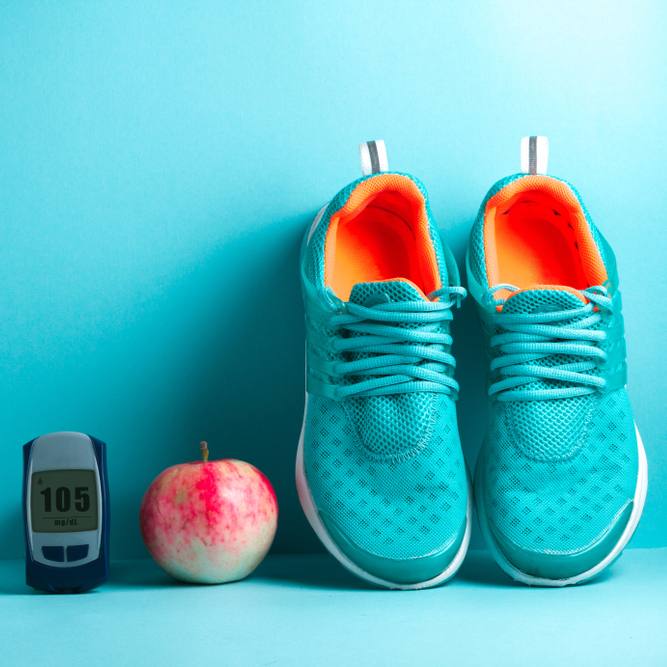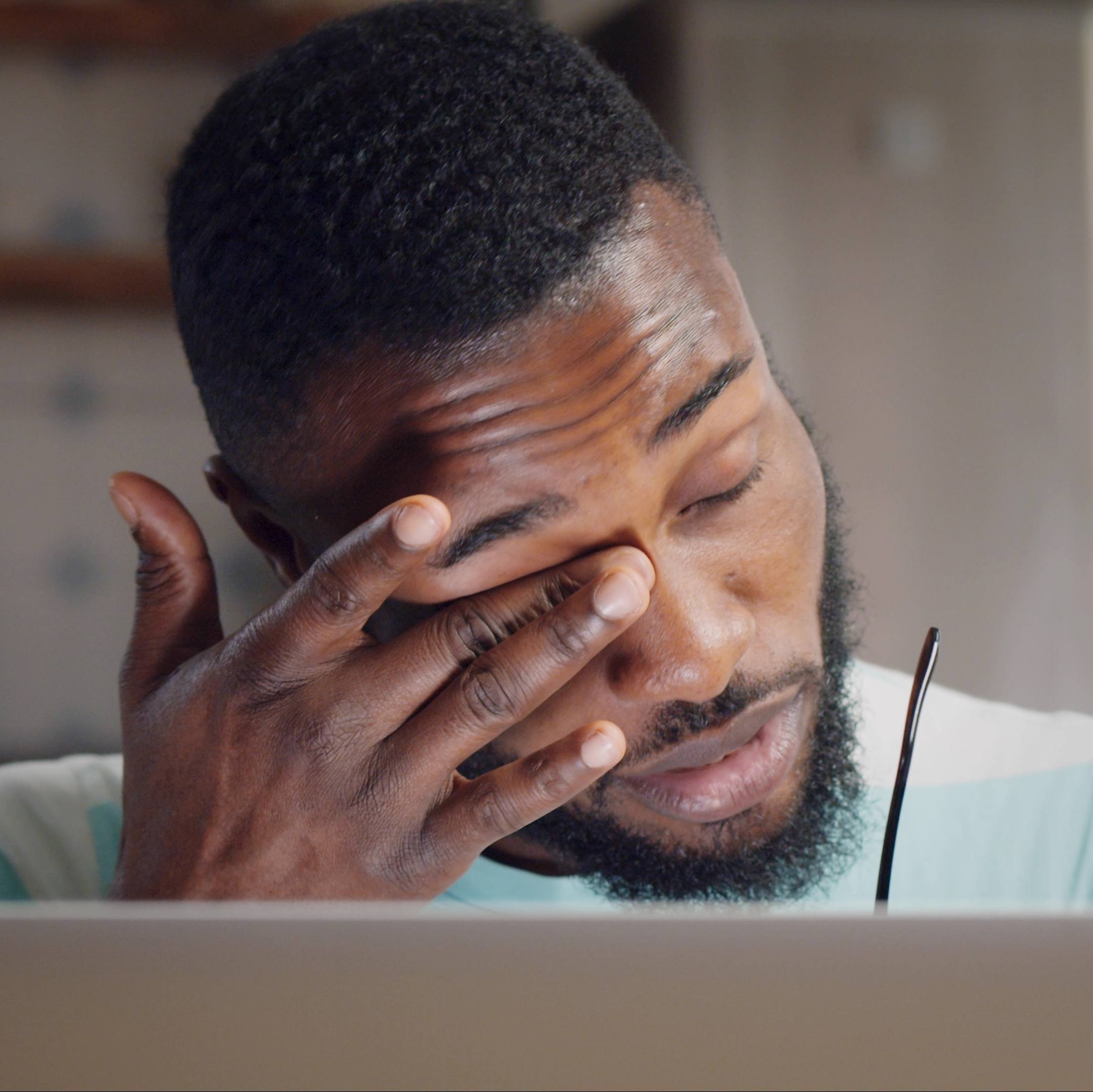-
Is there a way to reduce or prevent eyestrain?

Eyestrain occurs when your eyes get tired from intense use, such as while driving long distances or staring at computer screens and other digital devices.
Eyestrain doesn't have serious or long-term consequences, but it can be aggravating and unpleasant. It can make you tired and reduce your ability to concentrate. It usually goes away once you rest your eyes or take other steps to reduce your eye discomfort. But in some cases, signs and symptoms of eyestrain can indicate an underlying eye condition that needs treatment.
Signs and symptoms of eyestrain include:
- Sore, tired, burning or itching eyes
- Watery or dry eyes
- Blurred or double vision
- Headache
- Sore neck, shoulders or back
- Increased sensitivity to light
- Difficulty concentrating
- Feeling that you cannot keep your eyes open
Common causes of eyestrain include:
- Looking at digital device screens
- Reading without pausing to rest your eyes
- Driving long distances and doing other activities involving extended focus
- Being exposed to bright light or glare
- Straining to see in very dim light
- Having an underlying eye problem, such as dry eyes or uncorrected vision (refractive error)
- Being stressed or fatigued
- Being exposed to dry moving air from a fan, heating or air-conditioning system
Consider these lifestyle tips and home remedies to reduce or prevent eyestrain:
- Adjust the lighting.
When watching television, it may be easier on your eyes if you keep the room softly lit.When reading printed materials or doing close work, try to position the light source behind you and direct the light onto your page or task. If you're reading at a desk, use a shaded light positioned in front of you. The shade will keep light from shining directly into your eyes. - Take breaks.
When doing close work, take occasional breaks and rest your eyes by looking away from the digital screen. - Limit screen time.
This is especially important for children, who may not make the connection between extended viewing, eyestrain and the need to rest their eyes regularly. - Use artificial tears.
Over-the-counter artificial tears can help prevent and relieve dry eyes. Use them even when your eyes feel fine to keep them well-lubricated and prevent a recurrence of symptoms. Your healthcare provider can suggest which eyedrops might be best for you. Lubricating drops that don't contain preservatives can be used as often as you need. If the drops you're using contain preservatives, don't use them more than four times a day. Avoid eyedrops with a redness remover, as these may worsen dry eye symptoms. - Improve the air quality of your space.
Some changes that may help prevent dry eyes include using a humidifier, adjusting the thermostat to reduce blowing air and avoiding smoke. If you smoke, consider quitting. Moving your chair to a different area may help reduce the amount of dry moving air on your eyes and face. - Choose the right eyewear for you.
If you need glasses or contacts and work at a computer, consider investing in glasses or contact lenses designed specifically for computer work. Ask your optometrist about lens coatings and tints that might help too.
Some eyestrain symptoms may be relieved by natural products, such as bilberry extract and omega-3 fatty acids in fish oil, but further study is needed. Talk with your healthcare provider if you're considering supplements to help relieve your signs and symptoms.
Tips for computer work
Computer use is a common cause of eyestrain. If you work at a desk and use a computer, these self-care steps can help take some of the strain off your eyes.
- Blink often to refresh your eyes.
Many people blink less than usual when working at a computer, which can contribute to dry eyes. Blinking produces tears that moisten and refresh your eyes. Try to make it a habit to blink more often when looking at a monitor. - Take eye breaks.
Throughout the day, give your eyes a break by looking away from your monitor. Try the 20-20-20 rule: Every 20 minutes, look at something 20 feet away for at least 20 seconds. - Check the lighting and reduce glare.
Bright lighting and too much glare can strain your eyes and make it difficult to see objects on your monitor. The worst problems are generally from sources above or behind you, including fluorescent lighting and sunlight. Consider turning off some or all of the overhead lights. If you need light for writing or reading, use an adjustable desk lamp. Close blinds or shades, and avoid placing your monitor directly in front of a window or white wall. Place an anti-glare cover over the screen. - Adjust your monitor.
Position your monitor directly in front of you about an arm's length away so that the top of the screen is at or just below eye level. It helps to have a chair you can adjust too. - Use a document holder.
If you need to refer to print material while you work on your computer, place it on a document holder. Some holders are designed to be placed between the keyboard and monitor; others are placed to the side. Find one that works for you. The goal is to reduce how much your eyes need to readjust and how often you turn your neck and head. - Adjust your screen settings.
Enlarge the type for easier reading. And adjust the contrast and brightness to a level that's comfortable for you.
This article is written by Mayo Clinic staff. Find more health and medical information on mayoclinic.org.







